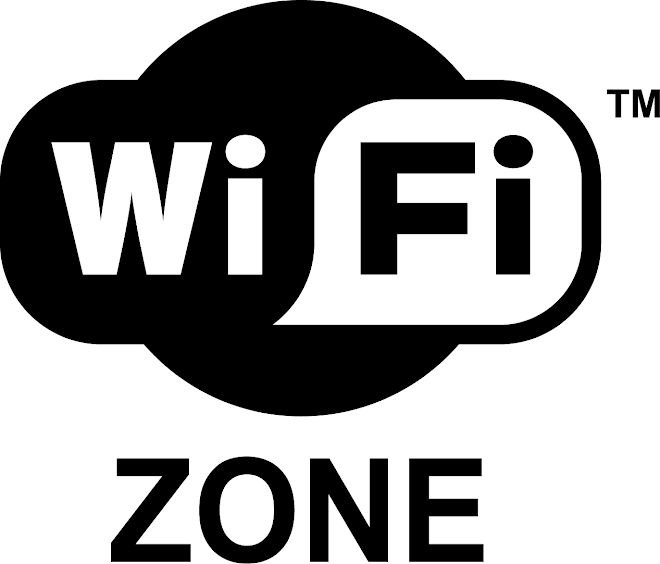Distance: Bluetooth is lower powered, which means its signal can only
go short distances (up to 30 feet). 802.11 technologies can cover your
home, and in some cases more, depending on the antenna that you use.
Note: New software for Bluetooth devices is enabling the creation of
mesh networks in the home, where interconnected Bluetooth devices
can create a large mesh network that can be interconnected to the
Internet — thereby creating a network similar to an 802.11b network in
the home, for instance.
Application: Bluetooth is designed as a replacement of cables: that is,
trying to get rid of that huge tangle of cables that link your mouse,
printer, monitor, scanner, and other devices on your desk and around
your home. In fact, the first Bluetooth device was a Bluetooth headset,
eliminating that annoying cable to the telephone that got in the way of
typing. New cars are also becoming outfitted with Bluetooth so that you
can use your cell phone in your car, with your car’s stereo speakers and
an onboard microphone serving as your hands-free capability. Pretty
neat, huh?
Wi-Fi (IEEE 802.11a, 802.11b, and 802.11g) and Bluetooth are similar in certain
respects: They both enable wireless communication between electronic
devices but are more complementary than direct competitors. Wi-Fi technology
is most often used to create a wireless network of personal computers
that can be located anywhere in a home or business. Bluetooth devices usually
communicate with other Bluetooth devices in relatively close proximity
Wi-Fi is wireless Ethernet. Wi-Fi is a wireless version of the Ethernet
communication protocol and is intended to replace networking cable
that would otherwise be run through walls and ceilings to connect computers
in multiple rooms or even multiple floors of a building.
Bluetooth replaces peripheral cables. Bluetooth wireless technology
operates at short distances — usually about 10 meters — most often
replaces cables that connect peripheral devices, such as a printer, keyboard,
mouse, or personal digital assistant (PDA) to your computer.
Bluetooth replaces IrDA. Bluetooth can also be used to replace
another wireless technology — Infrared Data Association (IrDA) wireless
technology — that’s already found in most laptop computers, PDAs, and
even many printers. Although IR signals are very secure and aren’t bothered
with radio frequency (RF) interference, IrDA’s usefulness is hindered
by infrared’s requirement for line-of-sight proximity of devices.
Just like how your TV’s remote control must be pointed directly at your
TV to work, the infrared ports on two PDAs must be lined up to trade
data, and your laptop has to be “pointing” at the printer to print over
the infrared connection. Because Bluetooth uses radio waves rather
than light waves, line-of-sight proximity is not required.
Like Wi-Fi, Bluetooth offers wireless access to LANs, including Internet
access. Bluetooth devices can potentially access the Public Switched
Telephone Network (PSTN: you know, the phone system) and mobile telephone
networks. Bluetooth should be able to thrive alongside Wi-Fi by
making possible such innovative solutions as a hands-free mobile phone
headset, print-to-fax, and automatic PDA, laptop, and cell phone/address
book synchronization.
Sunday, March 14, 2010
Subscribe to:
Post Comments (Atom)


No comments:
Post a Comment